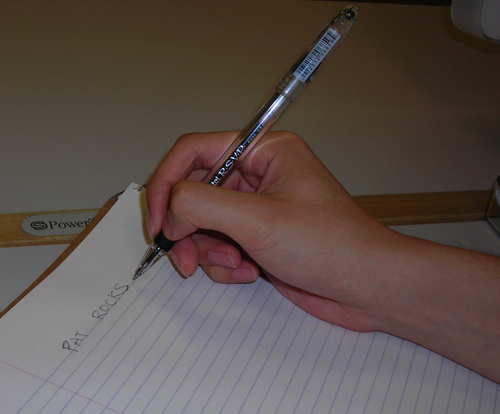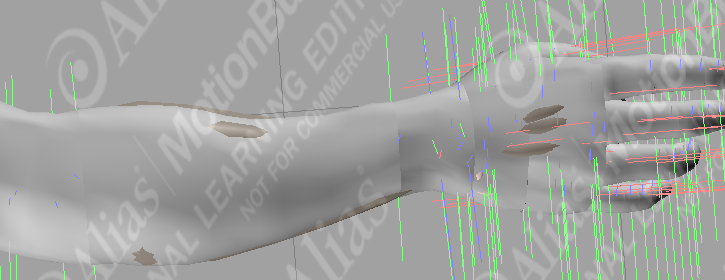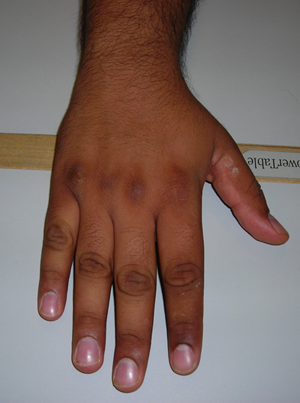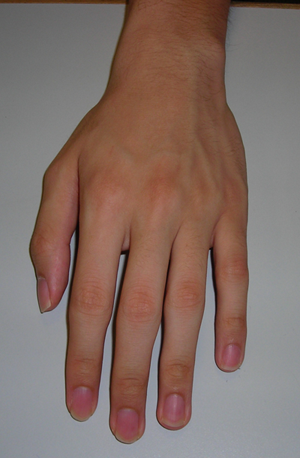Hard at work: A Work in progress by Hyun Gu Lee & Murad Akhter
Rendering realistic human characters is considered the holy grail of 3D games and computer animation. One of the central challenges in shading 3D characters is the appearance and modeling of healthy-looking, life-like skin due to its sub-surface scattering and translucent, non-homogenius, multi-layered structure. The different layers of skin exhibit a range of reflectance, transmission and absorption properties which need to be accounted for with a specific physical model. On top of this, human skin often has a large clumps of short, thin hairs which greatly increase the geometry complexity of the scene. Our project's goal is to incorporate the enhancements necessary in PBRT to render realistic-looking human skin and hair. For reference we will be emulating the following picture of a studious CS348B student hard at work.

Hand Modeling
In order to build a realistic thin model we need a surface to bind it to.
We are planning on deriving the hand and elbow 3D mesh by editing the CGHuman male model based on the Absolute Character Tools plugin for 3D Studio Max. This should allow us to export the 3D mesh as an OBJ file into Maya where we will pose it, add the shapes for the pen and notebook and probably use Mark Colbert's maya-pbrt plugin to generate the pbrt file to render our scene. Here's what our mesh currently looks like when loaded into Alias Motion Builder

References
http://www.turbosquid.com/FullPreview/index.cfm/ID/194044
http://graphics.cs.ucf.edu/mayapbrt/index.php
Hanrahan, P., and Krueger, W. 1993. Reflection from layered surfaces due to subsurface scattering. In Proceedings of the ACM Siggraph 1999, ACM Press / Addision-Wesley Publishing Co., New York, Computer Graphics Proeedings, 164-174.



The proposal should contain a picture of a real object or scene that you intend to reproduce. We suggest that you first pick something that you would like to simulate, and then investigate what techniques need to be used. A real object that you can carry around with you is best, but a good photograph or painting is almost as good. In addition to having illustrative pictures, your proposal should state the goal of your project, motivate why it is interesting, identify the key technical challenges you will face, and outline briefly your approach. If you are implementing an algorithm described in a particular paper, provide the reference to the paper. Please list all group member's names clearly at the top of the page, and if you plan on collaborating with others, briefly describe how each person's piece relates to the others. Here is an example project page. The purpose of the proposal is to get everyone organized early, and it will give us the opportunity to provide feedback as to whether we think your idea is reasonable, and to offer some technical guidance, e.g. papers you might be interested in reading.